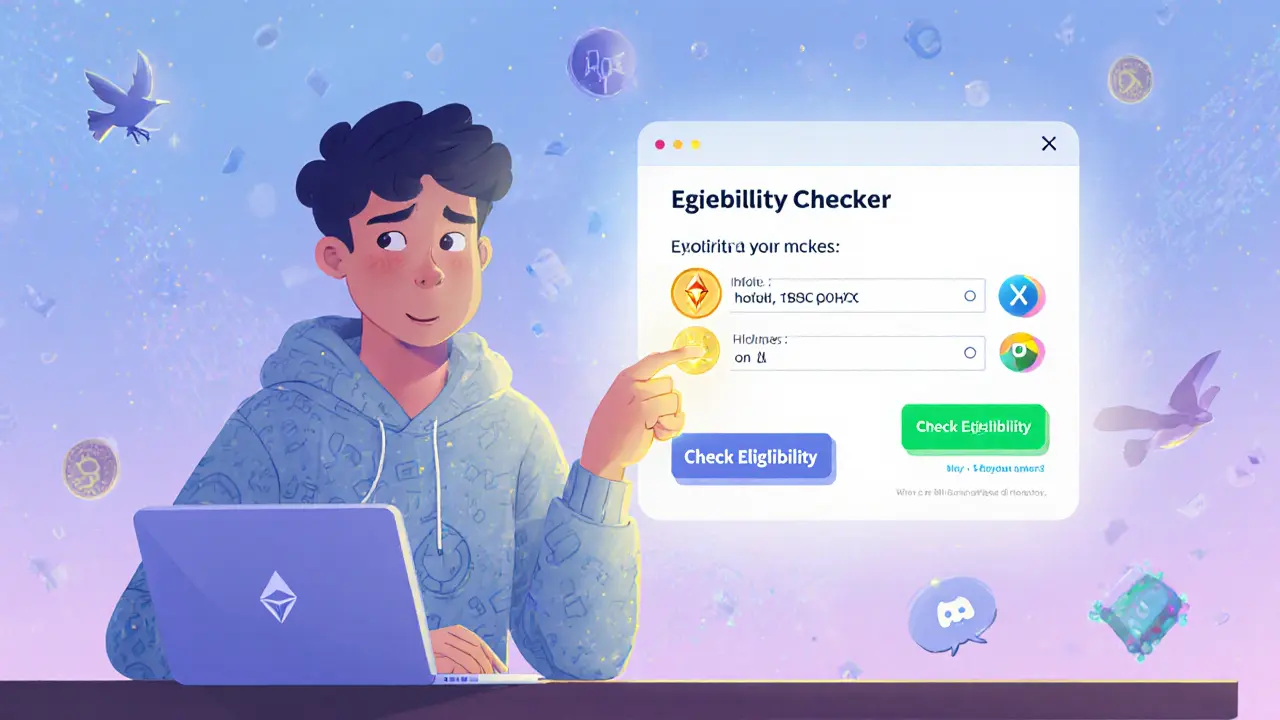When talking about Deflationary Crypto, cryptocurrencies that shrink their total supply over time through built‑in burning or fee‑redistribution mechanisms. Also known as deflationary token, it aims to create scarcity and boost long‑term value. This idea sits at the heart of many new projects you’ll see on Token Message, from yield farms that reward holders to airdrops that spark community buzz. Understanding how deflation works helps you spot real value versus hype.
One of the most common tools is a Token Burn, the process of permanently removing tokens from circulation. Every time a transaction occurs, a small percentage can be sent to an inaccessible address, lowering the circulating supply. Another piece of the puzzle is the Token Supply Cap, the maximum number of tokens that will ever exist. A hard cap signals that the token can’t be minted forever, which supports the scarcity narrative. Projects also use Token Vesting, a schedule that releases tokens to founders, investors or teams over time to avoid sudden supply spikes that could crash the price. Together, these mechanisms form a supply‑control framework: deflationary crypto encompasses token burn, requires a clear supply cap, and relies on vesting to manage release timing.
Supply‑control isn’t the only angle. Many projects layer deflation with Yield Farming, a way to earn extra tokens by providing liquidity or staking assets. When a protocol rewards users, it often draws fees from trades and redistributes them, amplifying the deflation effect because a portion of those fees is burned. The result is a feedback loop: higher activity drives more burns, which tightens supply, potentially lifting price and attracting more participants. This dynamic explains why some deflationary tokens see rapid price swings after a big airdrop or a new partnership announcement. Knowing the link between burn rate, vesting schedules, and yield incentives lets you gauge whether a token’s scarcity is sustainable or just a short‑term gimmick.
For investors, the key is to read the tokenomics sheet like a balance sheet. Check the burn percentage per transaction, the total tokens already burned, the remaining supply versus the cap, and any upcoming vesting cliffs. Ask yourself: will the burn keep pace with new issuance? Are the vesting periods long enough to prevent dump cycles? Projects that answer these questions transparently tend to hold value better over months. Below you’ll find in‑depth reviews of DeFi platforms, airdrop breakdowns, and regulatory guides that all touch on deflationary design. Dive into the list to see how real‑world tokens apply these concepts, spot red flags, and find opportunities that match your risk appetite.

Detailed guide on the Thoreum x CoinMarketCap 2025 airdrop: eligibility, claim steps, token basics, rewards, risks, and FAQs for crypto enthusiasts.